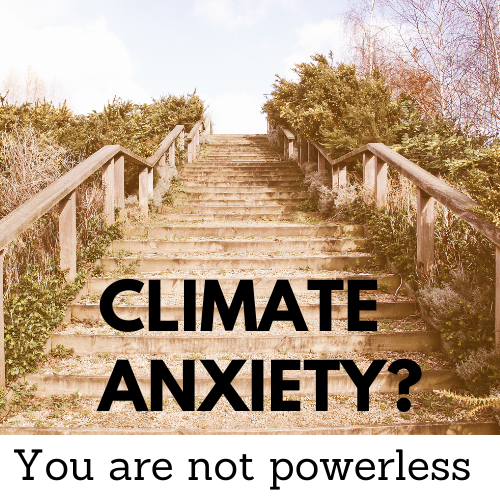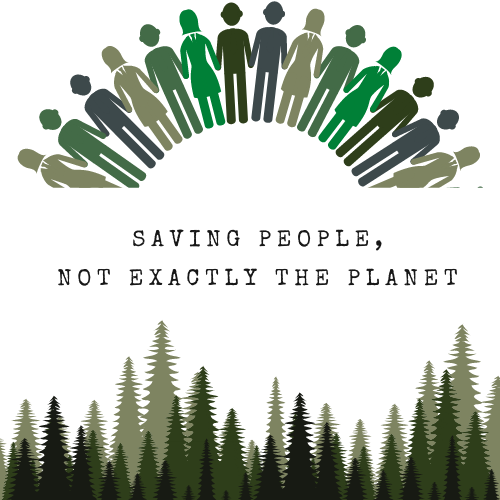
In 2004, the term microplastics was coined by Professor Richard Thompson in his team’s article titled Lost at Sea: Where Is All the Plastic?. He explains that microplastics are considered anyting that is microscopic plastic debris. Their research found microplastics were being found at various locations throughout the ocean. Beyond this, microplastics is a growing concern all across the world, even if you don’t live by the ocean. This post I hope to dive into various aspects of microplastics to further drive home why we should be working to reduce our plastics.

Making it’s way through the food chain:
Microplastics are becoming ever present in our waterways. In a report done by the Ellen MacArthur Foundation they stated “In a business-as-usual scenario, the ocean is expected to contain 1 tonne of plastic for every 3 tonnes of fish by 2025, and by 2050, more plastics than fish.”
The microplastic itself are consumed by sea creatures. It then works its way up the food chain to the larger fish which are eaten by birds, other animals, and eventually, humans. I was taking a walk through one of my city’s parks, and a creek had massive amounts of plastics bags along the sides and this is a park that is regularly kept up by our great parks department. Imagine areas of the world that don’t have someone coming to get that left over plastic, it sits and breaks down in those waterways.
What about those who don’t eat fish?
Even if you don’t typically consume fish, water and air have been found to carry microplastics as well. In a study published to Environmental Science and Technology, it concluded that an average person consumes 39000 to 52000 particles annually. It also found that tap water added about 4000 particles annually and for those that drank bottled water instead of tap water had added about 90000 particles annually.
In this bottled water study, they were finding various amounts of microplastic in each bottled water of multiple brands. Notably, in Nestle Pure Life bottled water, they found up to 10,351 particles within a single bottle! For plastics only being in mass production for the last 60-70 years, this is insane.
Is it bad for us?
There is currently no set amount of microplastics that scientists say the body can handle. In an interview with National Geographic, Leah Bendell, an ecotoxicologist at Simon Fraser University, states “It [microplastics] can be made up of from a number of different materials with hundreds of different chemical additives. For this reason, she describes microplastics as having “multiple personalities.” Some might harbor toxic chemicals, while others could be suitable vectors for bacteria and parasites.”
Plastic of all sorts is designed for specific purposes in mind. During manufacturing process, there is no one studying what happens when multiple types of plastic combine in waterways on what happens in terms of contamination.
Scientists are concerned on the short and long term health effects of plastic on the human body. I highly recommend checking out the podcast by Nutrition Facts with Dr. Greger called Microplastics and You. He gives a brief overview of microplastics in terms of human health. Here he covers a number of studies that explain why it is a cause for concern.

Ways to reduce microplastics:
Microbeads in self care items: Skip the toothpastes, facial wash, and body scrubs that use plastic beads as the exfoliant. These are microplastics right out of the bottle. There are many natural substitutes if you need an exfoliant.
Skip the glitter: You may have seen Mark Rober’s wildly popular Glitter Bomb videos in which he gets some nice revenge on some porch pirates. He chooses glitter because of course when the person opens the box, the glitter will forever more be in their car or home. The gift bags, the greeting cards, the arts and craft projects. Many of us have brought these into our homes and proceeded to find glitter for weeks. Glitter is a prime example of microplastics and should be avoided if it isn’t needed. If you are one who needs your glitter fix, biodegradeable glitter does exist that you can check out.
Check your clothing: A large amount of clothing is made with microfibers. Polyester, nylon, acrylic and polyamide, make up 64% of our clothing today. When we wear and wash this clothing, microfibers are released into our environment. There are different solutions to help catch those fibers during washing, they make filter attachments for your washers or you can purchase items like the Cora Microfiber laundry ball that will roll around in the washer catching those fibers. Another option, is that you can avoid purchasing brand new clothing items made with plastic fibers.
Be selective in the plastic you use: Limit your plastic use in general. As I discuss in Modern Desensitization to Single-Use Plastics, plastic is not something that can be recycled indefinitely with our current processes. It will end up in a landfill, side of the road, in our waterways, breaking down. While it may take many hundreds of years to breakdown, it is only breaking down into microplastics which continue to cause concern.
Expect better from the companies you purchase from: If you don’t buy something from a company because you are trying to cut down on plastic, reach out to them and tell them that. Companies are looking to provide services that their consumers want, so let them know what you want.
Look for plastic substitutes: When making purchases, see if what you are buying comes in something that is better for the environment. Many people are making a transition from using disposable razors to a safety razor. These razors require you just purchase new blades and many companies even offer recycling services for the old blades. I just purchase one from Leaf, and I have been very impressed. It is also nice to know I never need to buy a razor again.
Circular economy: A circular economy is based around the idea that when a consumer is done with the product, it enters back into the manufacturing process to be used again. This eliminates waste, excess resources, and is great for the environment as a whole. It requires a company’s taking responsibility for what they produce and needs everyone to have the proper mindset to do this. An example, imagine if all product engineer’s considered it a core principle that anything they created needed to be able to be entered back into their manufacturing process. A fantastic book on this topic is Cradle to Cradle. This concept is so popular they created the Cradle to Cradle Certification, which has done some immense good.
My Final Thoughts
Alright, overall not such an uplifting topic. I try to take in the uncomfortable truths, so I am aware of those issues, but then direct my energy towards how I can be part of the solution. I hope this helped shed some light on the issues we face with microplastics and how we can all be a part of the solution.
Tentree, a great clothing company just recently released a clothing line in partnership with the Dr. Seuss, The Lorax. It reminded me of the great saying from that book, “Unless someone like you cares a whole awful lot, nothing is going to get better. It’s not.”

Resources
- Lost at Sea: Where Is All the Plastic?
- Environmental Science and Technology
- Bottled water study
- Interview with National Geographic
- Microplastics and You
- Glitter Bomb
- Modern Desensitization to Single-Use Plastics
- Microfiber Report
- Leaf
- Cradle to Cradle
- Cradle to Cradle Certification
- Tentree
- Seuss, Dr. The Lorax. Random House, 1971.




